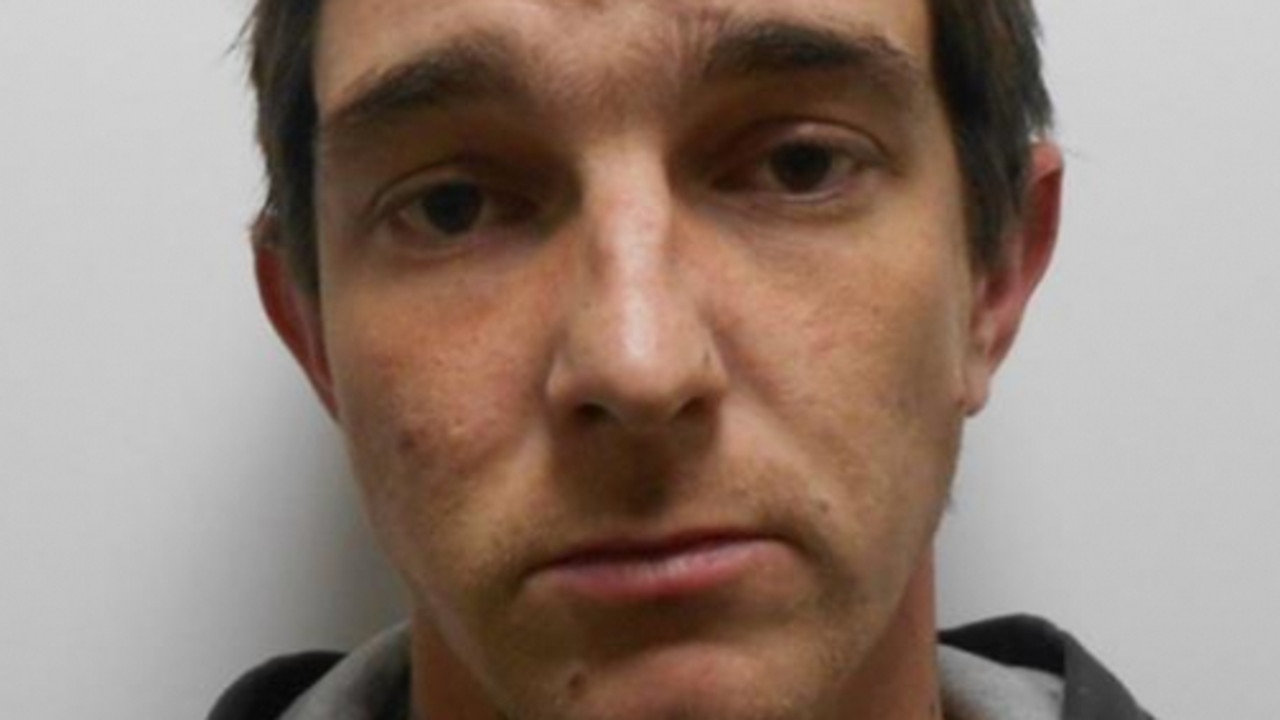Australian ‘help’ economy now worth $32 billion, NRMA Insurance research finds
As the nation battles a cost of living crisis, new research has revealed the true value of a giant industry Australians contribute to every day.
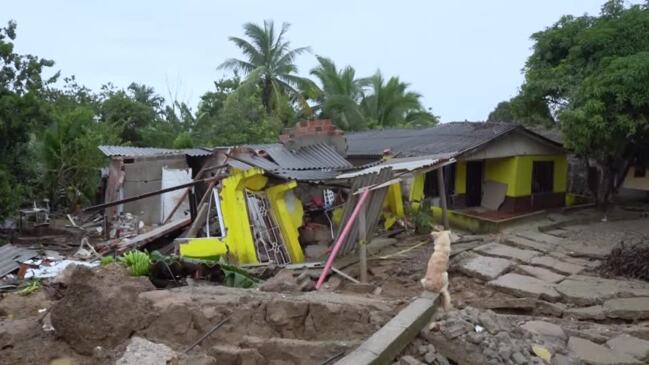
NewsWire
Don't miss out on the headlines from NewsWire. Followed categories will be added to My News.
NRMA Insurance has found unpaid help – ranging from volunteering to lending a hand during a natural disaster- has a $32 billion value to the Australian economy.
It is a $2bn increase on the same survey undertaken by NRMA in 2021, according to the Help Economy report.
“As an insurer, we’re here to help our customers when the worst happens, but we also see our role as helping people be better prepared before an event occurs so we can minimise the impact and be more resilient in recovery,” NRMA Insurance Group Executive Julie Batch said.
It comes after catastrophic floods and bushfires have lashed the country for the past three summers, largely battled by a volunteer-led emergency service and the neighbourly spirit of devastated communities.
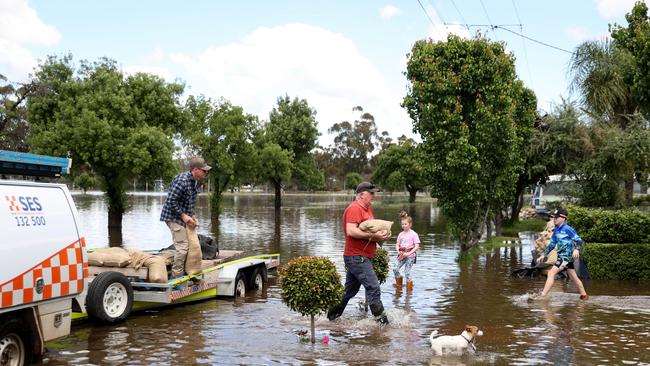
PwC Australia Economics Partner Jeremy Thorpe said the research finally puts a dollar value on the increasingly necessary work of unpaid helpers.
“We tend to value things that we buy and sell and help isn’t one of those things,” he said.
“Most people of think of helping in a classic sense of volunteering but equally as important are those random bits of help that you get from people outside your household.
“They actually add up to something significant.”

The report found Australians have given 1.4 billion hours of their time helping others over the past year – a 7 per cent increase since last year.
Despite this, a help gap remains with 14.2 million Australians stating they want to help more and at least 5 million people admitting they need more help.
Lucinda Bourke grew up in Lismore and Ballina and hopped on the first flight back as soon as the flood crisis broke out earlier this year.
More than 10,000 homes were damaged and 4055 were deemed uninhabitable when floodwaters overwhelmed the Northern Rivers region in February and March.
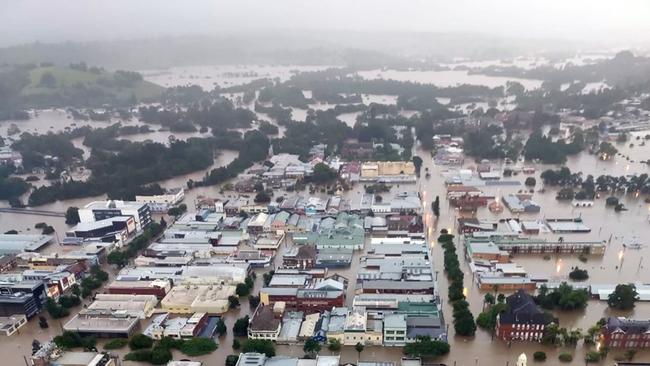
“These communities need to be supported financially and strategically to be empowered to be a part of their own recovery,” she said.
“We want to do it, we love our community, we know our community, just support us to do that.”
After spending months on the ground working with flood-ravaged towns, Ms Bourke was asked to contribute a report to the independent Flood Inquiry – the results of which were released in August.
She interviewed dozens of community leaders and found that towns where response and recovery efforts were lead by people who lived there were overwhelmingly more effective at meeting the needs of the community.
“There is a lot that governments can learn from enabling communities to be empowered to respond and be prepared for disaster recovery ahead of time,” she said.
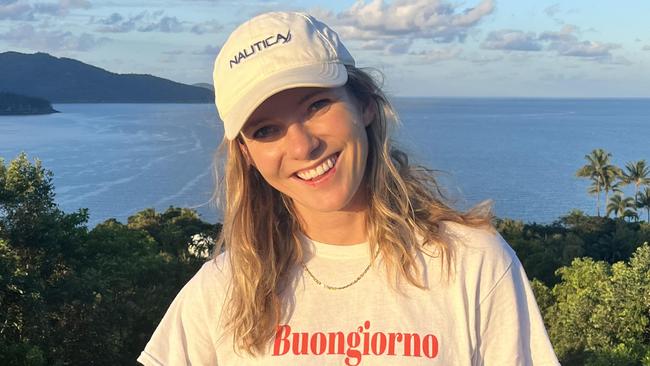
A major problem documented in her report was the lack of financial resources available to community members who had the skills and the knowledge to help their neighbours but lacked the means.
“They were spending all their own money and fundraising to buy things like medicine and everyday necessities,” she said.
“Six months later they are trying to put in applications to get funding and support retroactively which is not how it should happen.
“Enabling partnerships between government and community hubs ahead of emergencies would not only reduce the stress, duplication and mismanagement but would really allow them to act fast.”
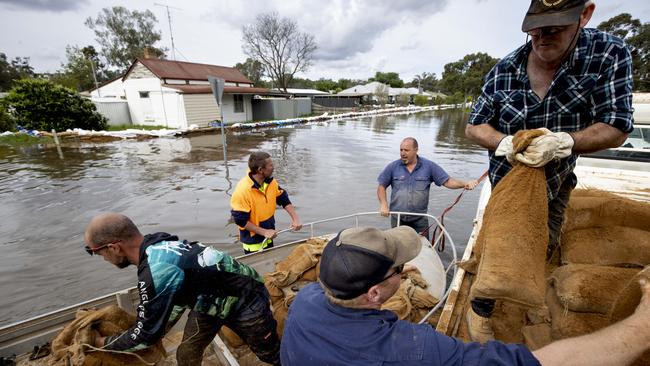
Of the almost a third of Australians who experienced or knew someone who experienced a severe weather event this year, more than half received help from someone outside of their home.
Mr Thorpe said unpaid help is a growing area of need within the Australian economy as more severe weather events are expected more frequently.
“We know severe weather activity is a massive disrupter to economic activity,” he said.
The Insurance Council of Australia estimates floods in southeast QLD and northern NSW racked up a whopping $4.8 billion in insured damages, according to data from June.
Originally published as Australian ‘help’ economy now worth $32 billion, NRMA Insurance research finds


